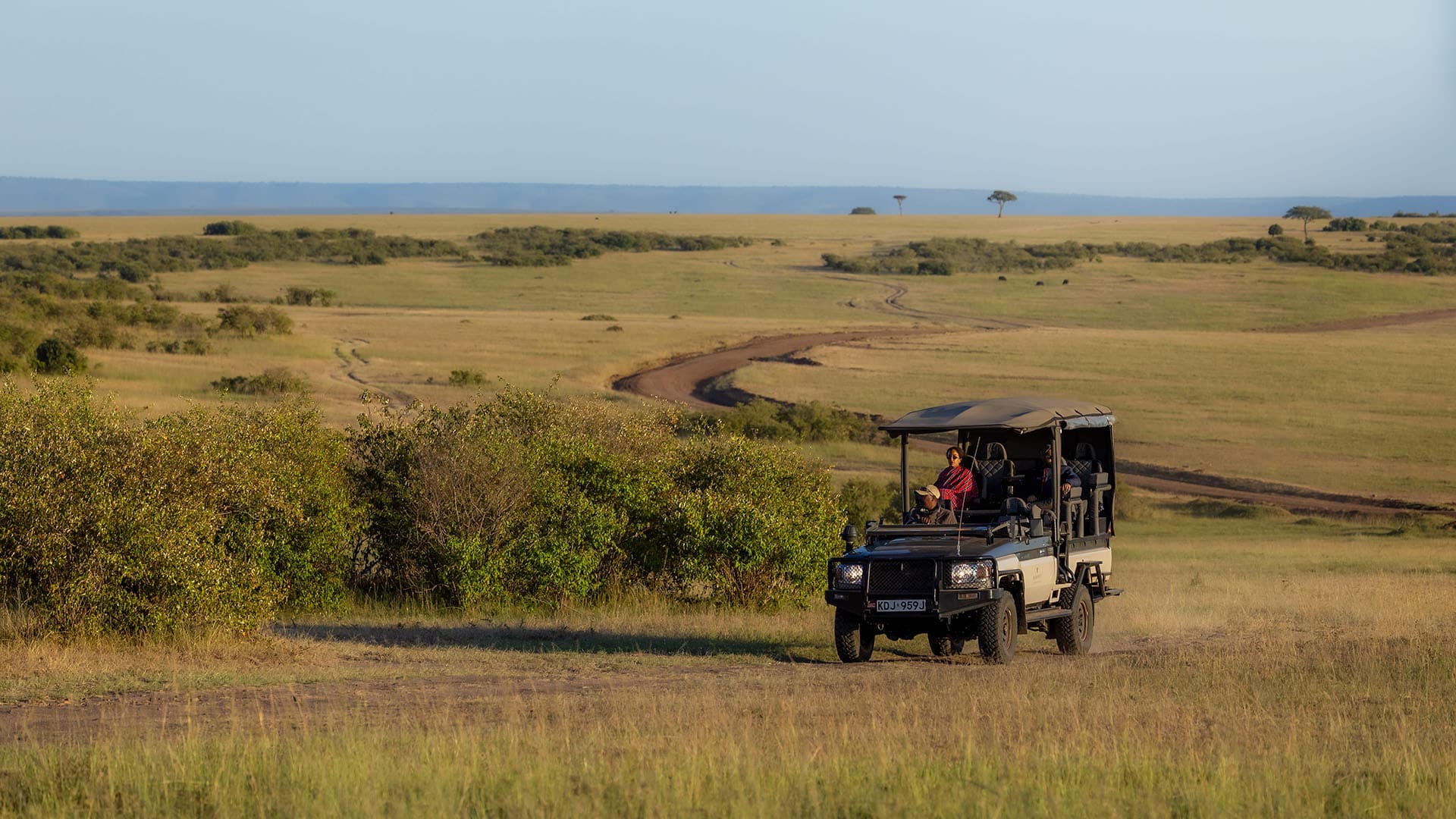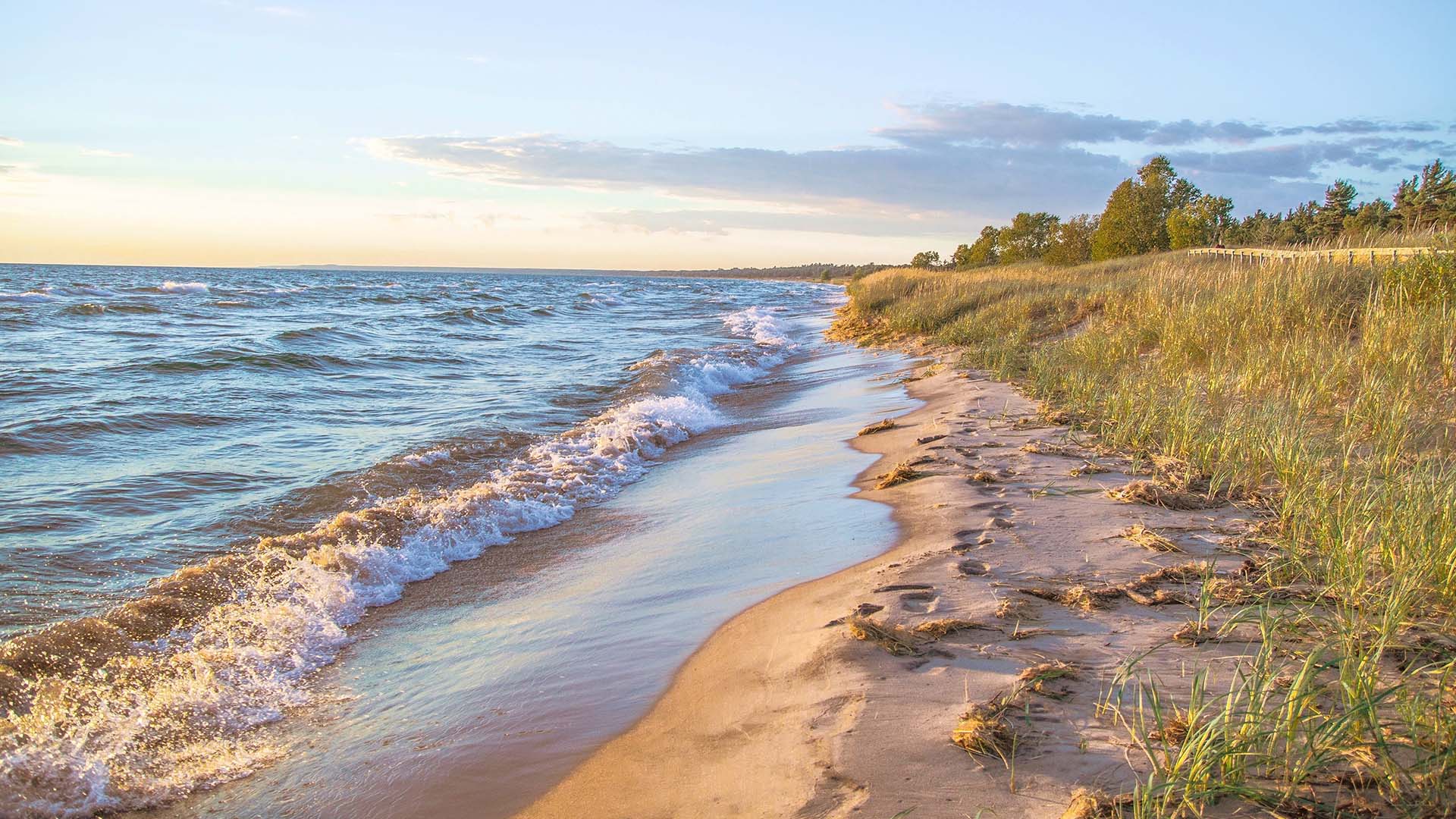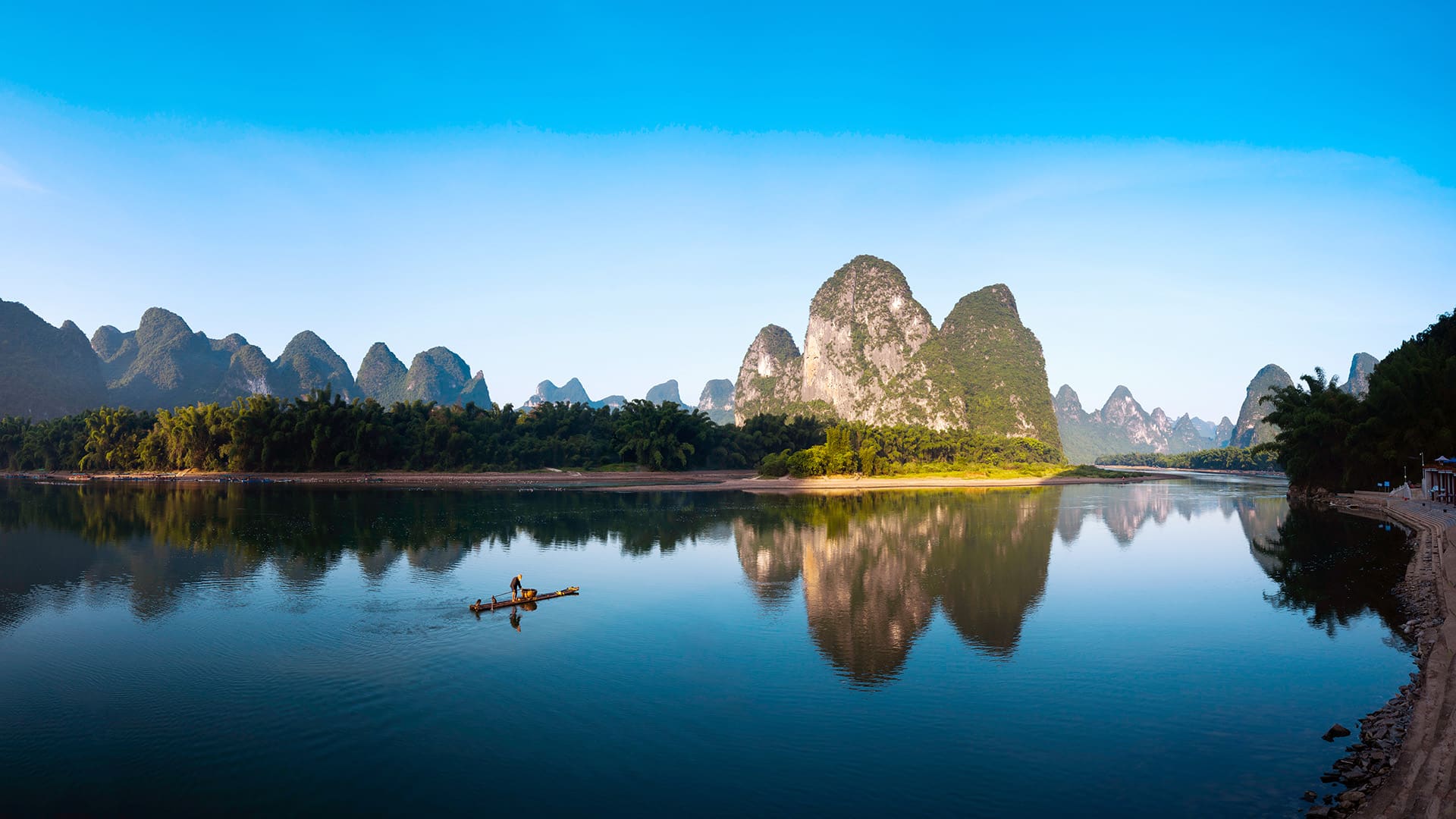
A tranquil scene in Guilin and Lijiang River National Park. (Photo: Getty Images)
OutdoorsParks That Captured Our Hearts: Celebrating 9 Unsung National Parks Around the World
By Valerie ConnersWith big-name parks like Yosemite, Yellowstone and the Grand Canyon attracting the largest throngs of national park visitors in the U.S., it seems even nature can’t escape from the “cool kid” mentality.
Yet beyond the crowds and obvious stars (and they are, indeed, showstoppers), there are so many other lesser-known — but no less spectacular — stretches of protected land throughout the world with wide trails and scenic drives waiting to be rediscovered.
Big Bend National Park, Texas
Spanning more than 800,000 acres, Big Bend National Park is one of the country’s largest, most remote and least-visited national parks. The name comes from the Rio Grande, which embraces this expanse of land along the Mexican border like a bent arm.
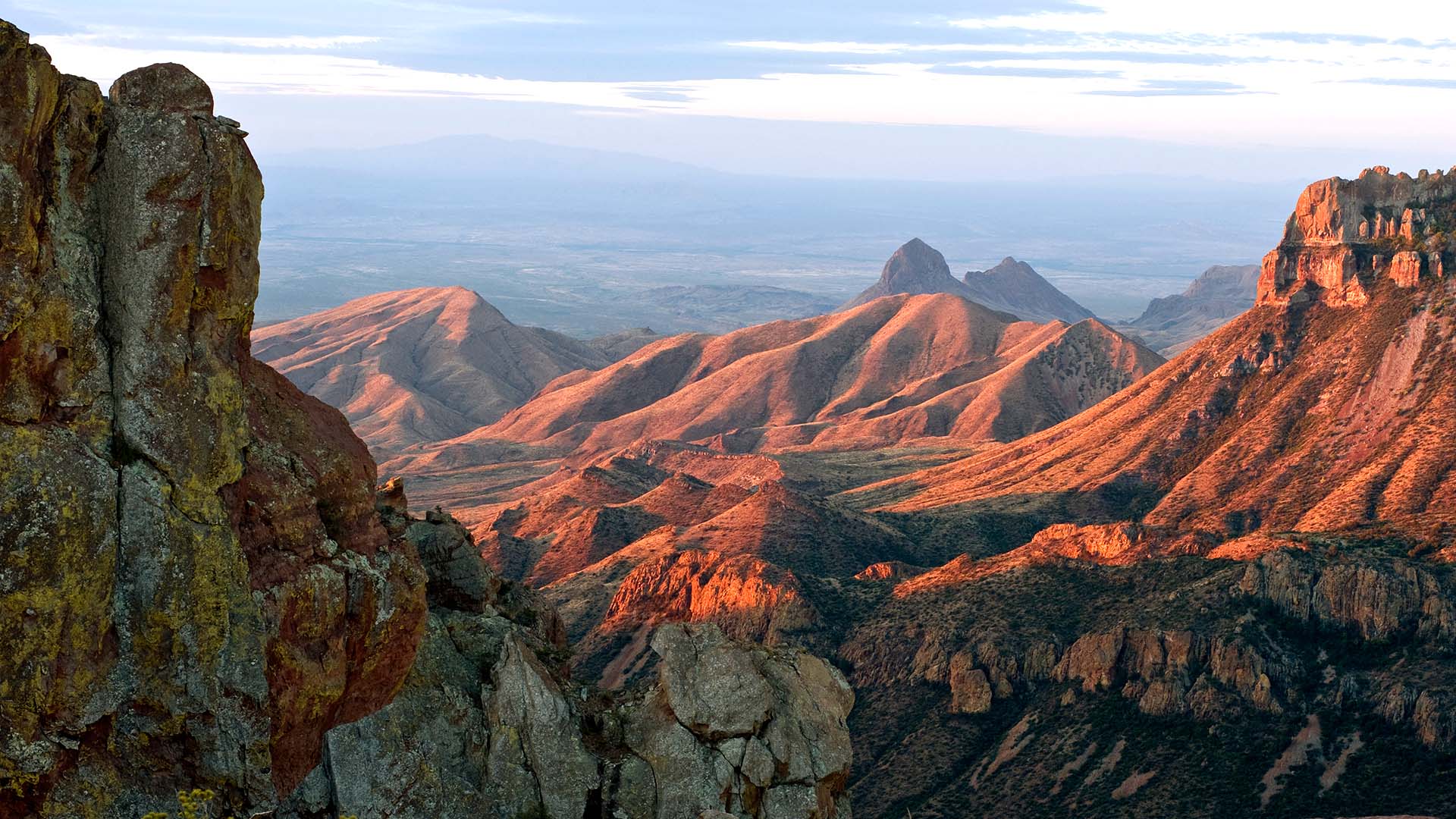
Your best bet for exploring the vast expanse of the Big Bend landscape is via the Ross Maxwell Scenic Drive, which winds past overlooks, through the Chihuahuan Desert and toward the park’s most photographed perch: Santa Elena Canyon. Stretch your legs hiking the Window Trail in the park’s Basin Area, or venture onto the Boquillas Canyon Trail, where you’ll reach an overlook above the Mexican town of Boquillas.
Capitol Reef National Park, Utah
Long overlooked in favor of its more famous (and crowded) neighbor, Zion National Park, Capitol Reef National Park protects a 100-mile wrinkle in the Earth’s crust caused by the crushing force of tectonic plates colliding some 50 to 70 million years ago. The park sees 1.2 million visitors a year, in comparison to Zion’s 4.5 million.
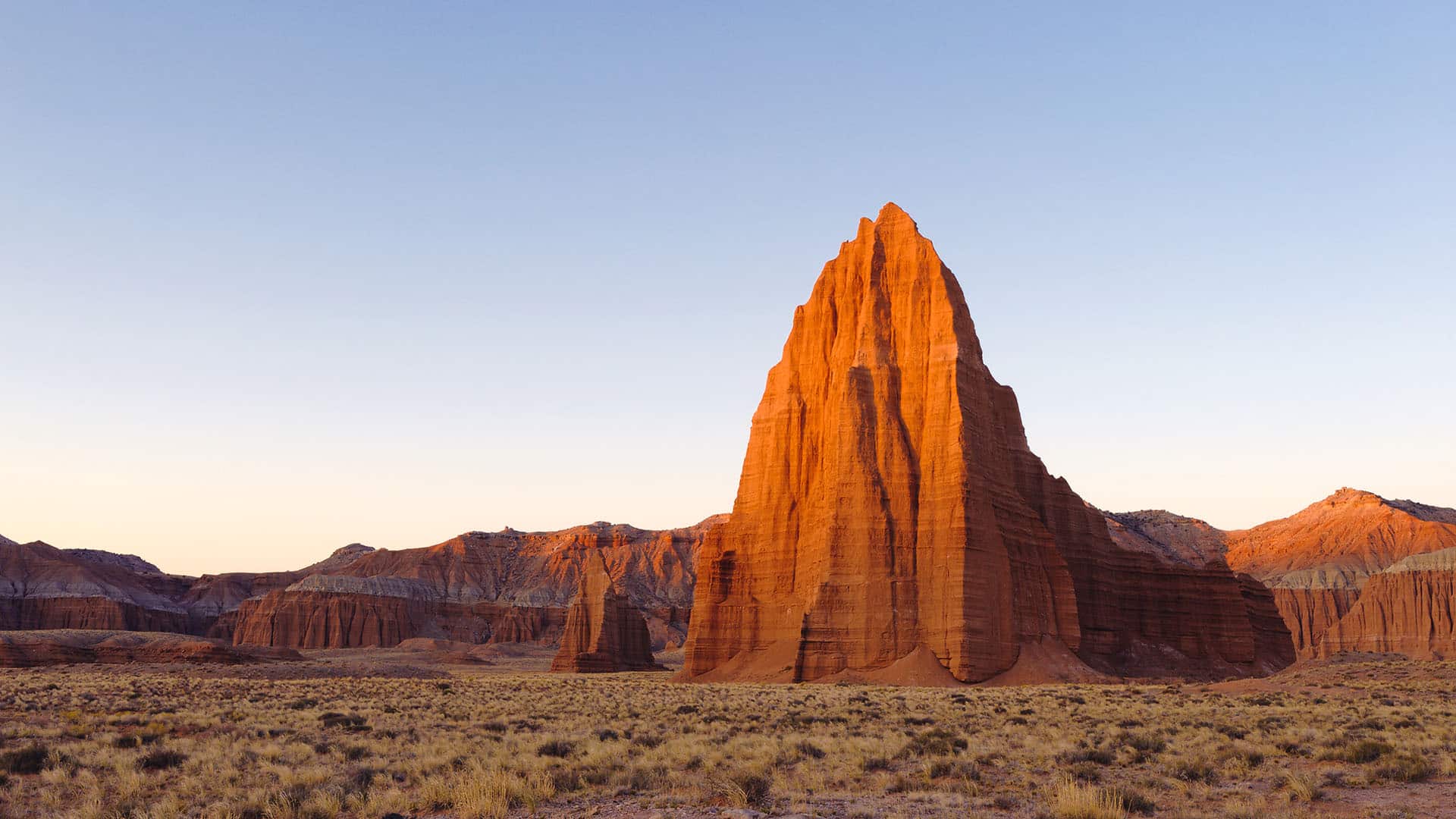
Expect to encounter ample red rocks, dry-wash canyons, natural water cisterns and petroglyphs, and set off on the Cohab Canyon hike. After a steep ascent, the popular hike takes you into the park’s famed slot canyons, a shaded respite from the pervasive Utah sun.
Black Canyon of the Gunnison, Colorado
While the Grand Canyon generally takes the cake in terms of must-see national parks, Black Canyon of the Gunnison also provides a similarly dramatic landscape with far fewer crowds — just over 432,000 annual visitors compared to Grand Canyon’s nearly 6 million.
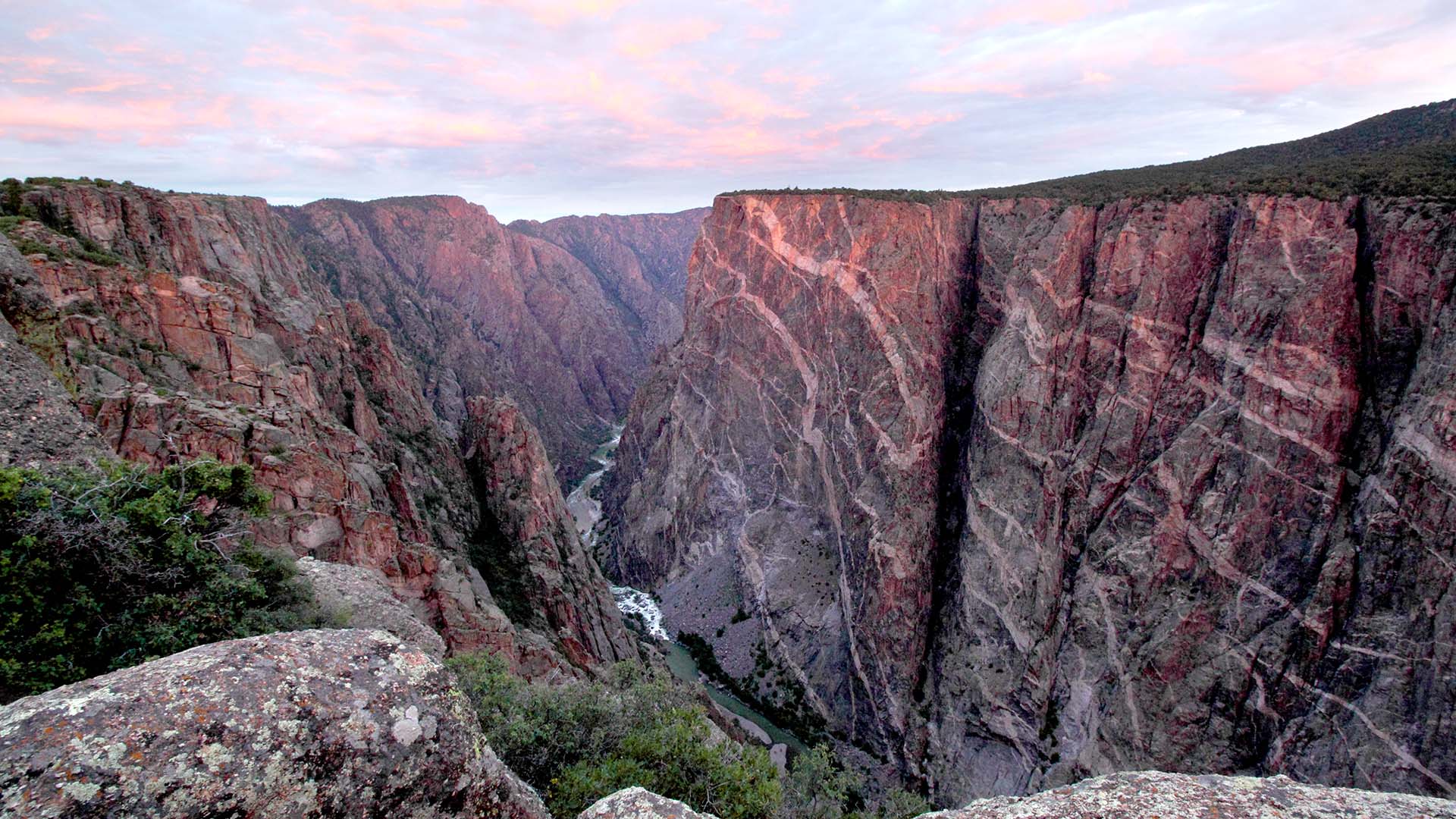
The rumbling Gunnison River has coursed over this stretch of western Colorado for more than two million years, carving the canyon and creating its steep cliffs and craggy spires. Visit Warner Point, which, at 2,722 feet, is the Black Canyon’s highest edge. Rafting enthusiasts can hit the water, though the river’s Class III and IV rapids are not for beginners.
Isle Royale National Park, Michigan
Reaching Isle Royale National Park takes a bit of work and determination. Visitors take a boat or seaplane (the National Park Service runs some of the boats) to reach this 45-mile-long island in the middle of Lake Superior — but the payoff is well worth the trouble.
The island’s rugged shores are typically uncrowded; in fact, Isle Royale is one of the least-visited national parks in the U.S. Hike along the island’s many trails, keeping an eye out for moose, wolves, freshwater clams and snails.
Kootenay National Park, British Columbia, Canada
British Columbia is no slouch when it comes to impressive landscapes, but most visitors hightail it to popular Banff and Jasper national parks. Instead, carve your own adventure. Step away from the masses and head to Kootenay National Park, where you’ll be rewarded with one of B.C.’s most exquisite areas of protected land.
Drive the 65-mile Banff-Windermere Highway, which slices north to south through the park. Hike to canyons and waterfalls or stop to view wildlife like bighorn sheep and elk. Make your way south to Radium Hot Springs, the park’s main attraction, for a soothing dip in the mineral-rich pools.
Virgin Islands National Parks
You’ll find agreeable weather year-round at Virgin Islands National Park on St. John — average land and sea temps are in the 80s, even in winter. The park constitutes much of the island, and velvety-soft sands, mild island breezes and serene, crystalline surf greet visitors along the park’s shores.
While sunbathing is one of the main draws here, you can always snorkel the Trunk Bay Underwater Reef Trail, a family-friendly path dotted with colorful fan coral and exotic marine life.
Guilin and Lijiang River National Park, China
Guilin and Lijiang River National Park in southeastern China’s Guangxi region is perhaps best known for its karsts, or limestone formations that rise like jagged peaks, towers and cones across the watery landscape.
The formations have been given whimsical names like “Dragon Head” and “Five Fingers,” and the landscape is said to have inspired generations of Chinese poets and artists. The park is best explored via a 30-mile boat ride along the Lijiang River.
Vatnajökull National Park, Iceland
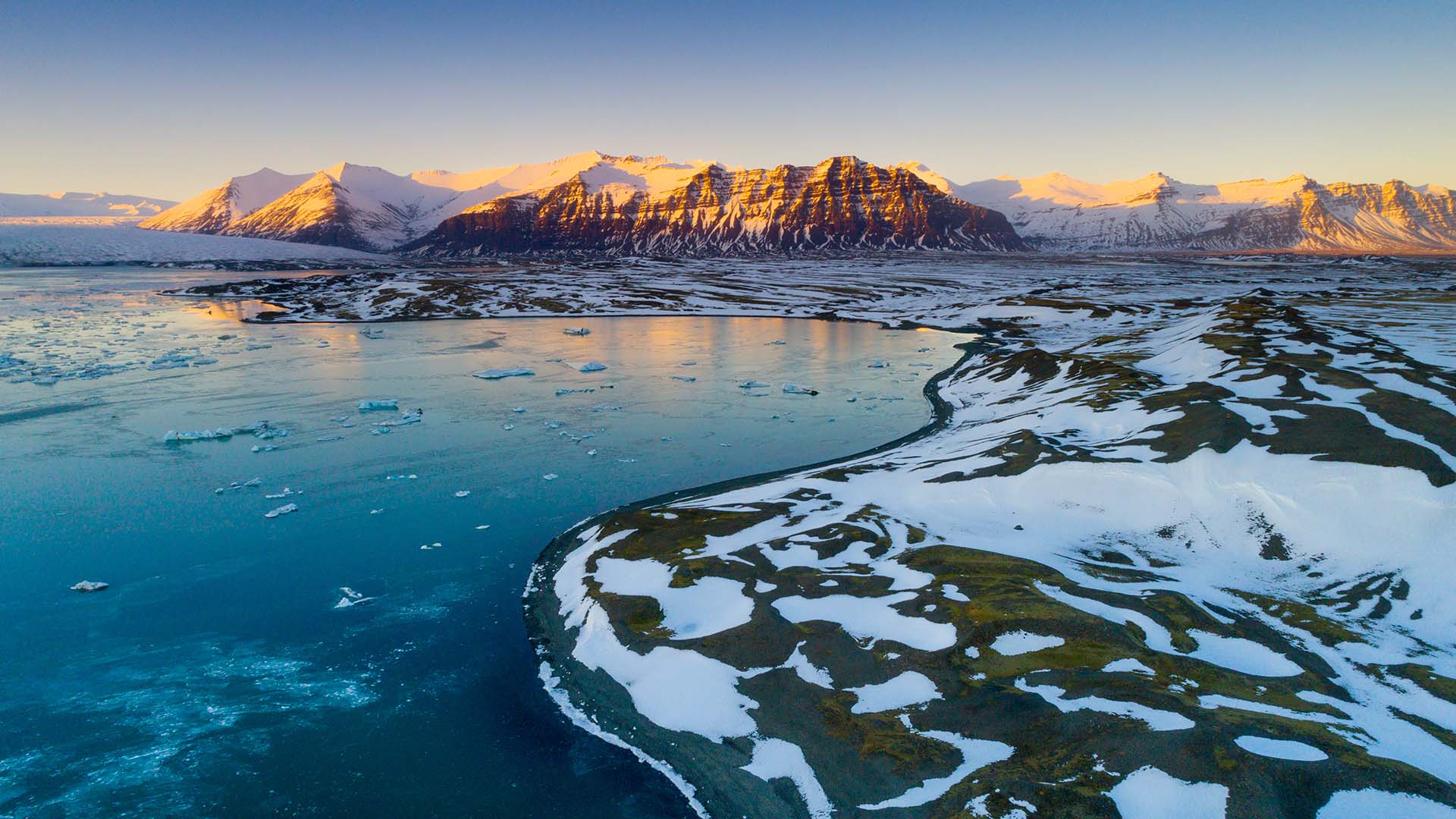
Iceland’s rugged Vatnajökull National Park is known for its enormous glaciers — including the eponymous Vatnajökull Glacier — as well as surging waterfalls, sow-capped mountain peaks, black basalt columns and sharp cliff faces.
Vatnajökull Glacier is the park’s most popular sight, but plugged-in travelers know the real beauty is what lies beneath: namely, the ethereal blue ice caves — tiny fortresses of solitude formed by rivers of meltwater dating back thousands of years. See these translucent shelters of endless blue, white and black hues set aglow as sunlight filters through from above. The country’s true winter — November through March — is the only time you can experience the ice cave season.
Mangrove National Park, Abu Dhabi, UAE
Abu Dhabi is an extraordinary city, but even locals and visitors occasionally want to escape the bustle of its streets for a nature excursion.
Just outside the city lies the lovely respite of Mangrove National Park, protected land that includes mangrove forests, salt marshes and mudflats.
Rent a kayak and explore the tranquil waterways, keeping an eye out for the creatures that call the mangroves home, including crabs, herons, flamingos, turtles and even dolphins.






